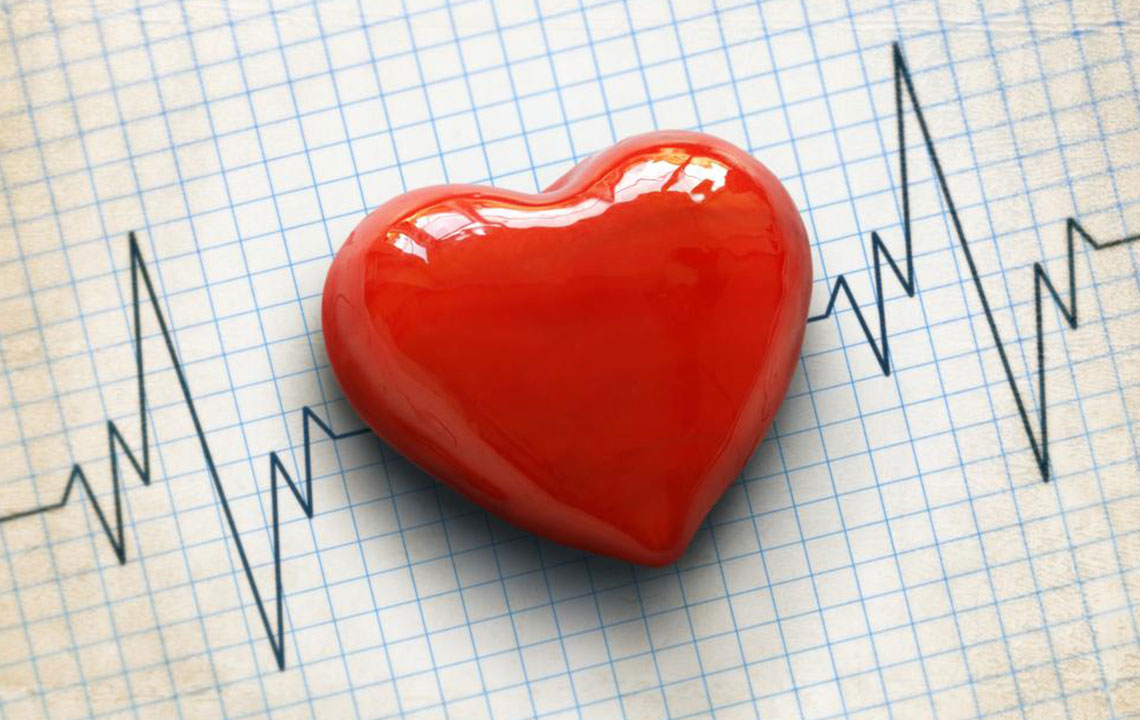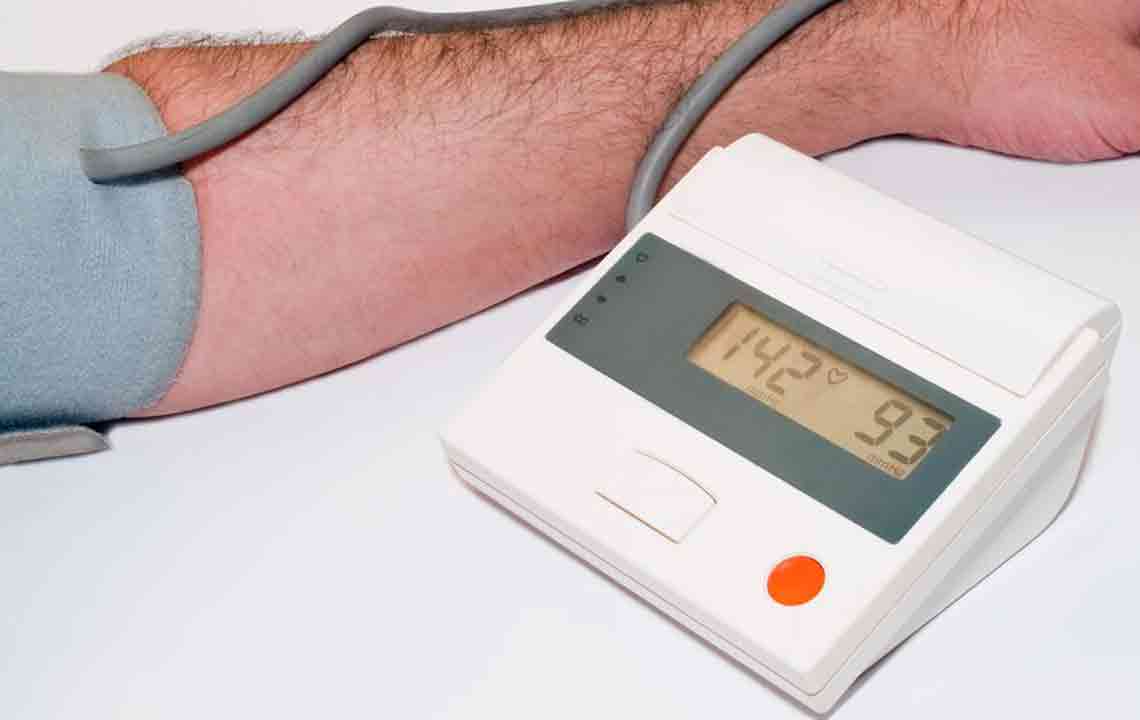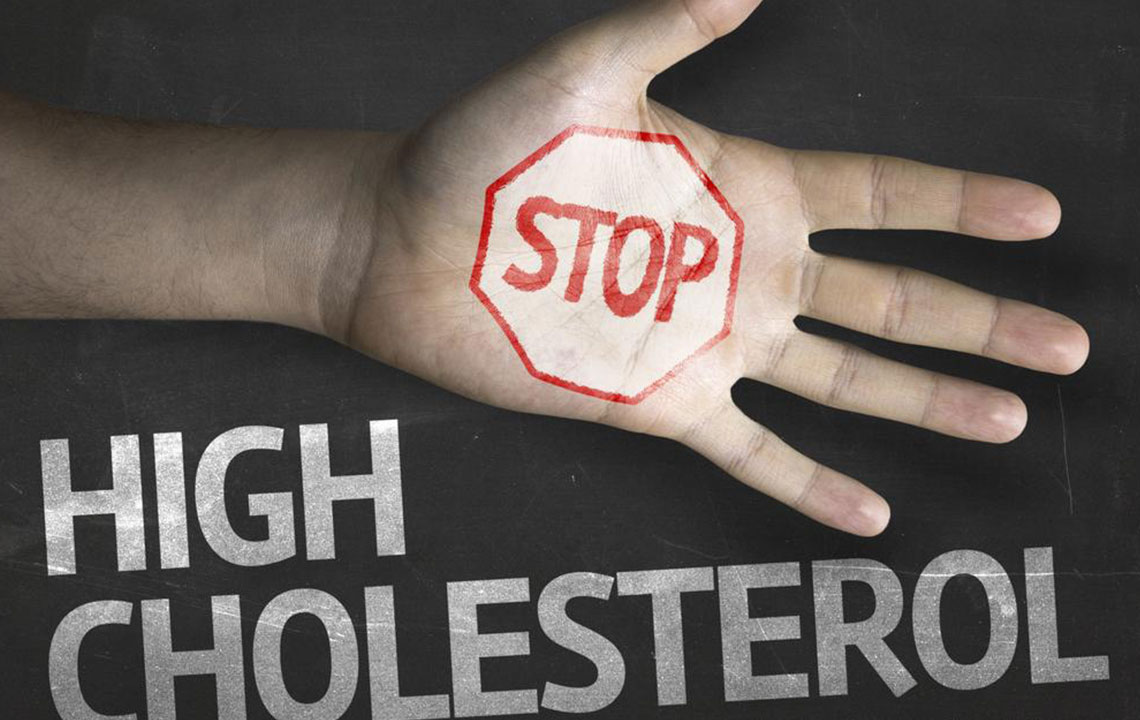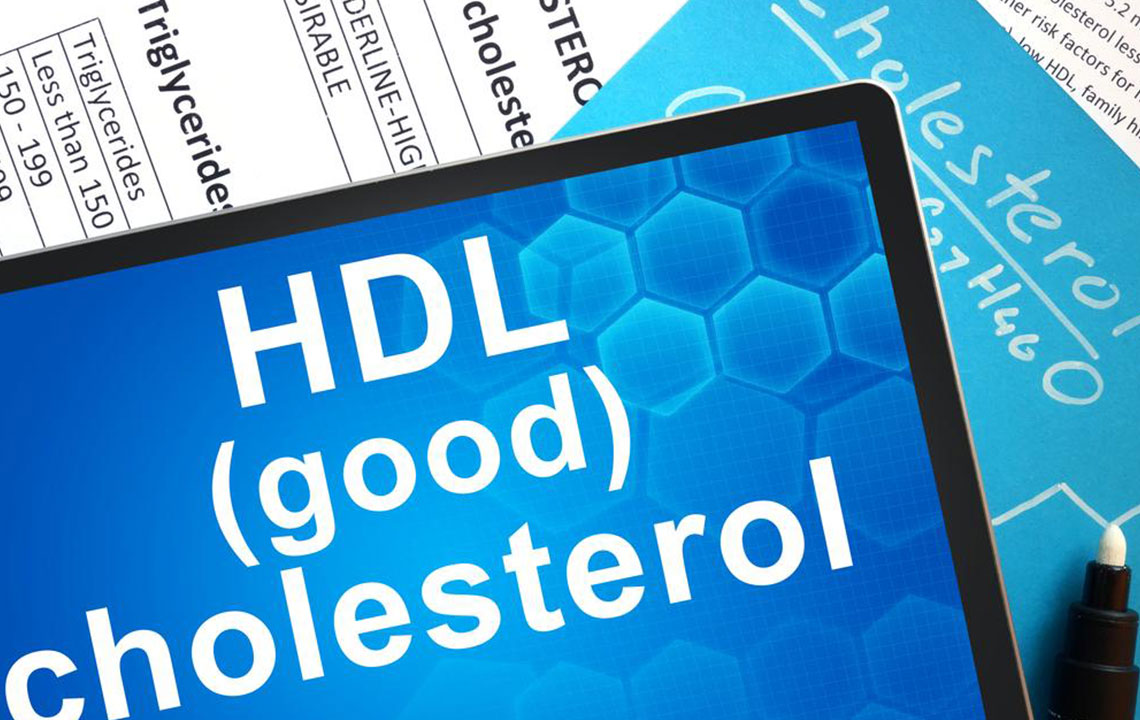Simple Guide to Assessing Cholesterol Levels
Learn how to assess and manage your cholesterol levels with simple blood tests and lifestyle changes. Discover key readings like HDL, LDL, triglycerides, and their impact on heart health. This guide emphasizes preventive measures, the importance of diet, exercise, and when medication use is necessary for maintaining optimal cholesterol levels.
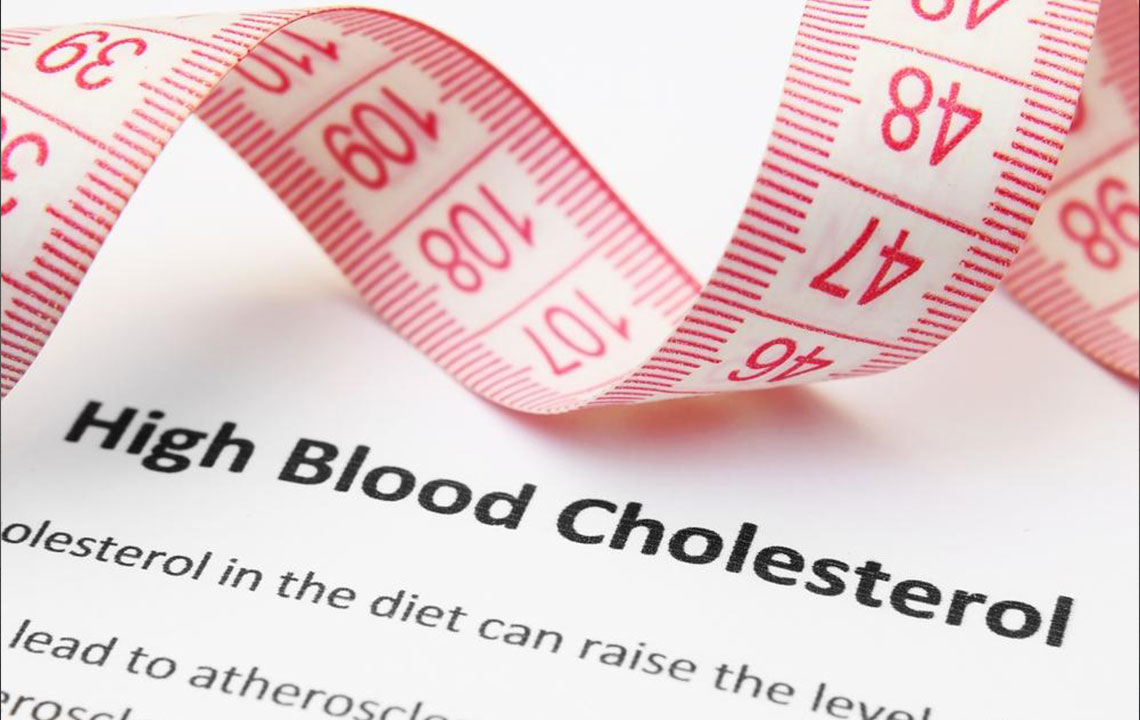
Simple Guide to Assessing Cholesterol Levels
Overall Cholesterol This sum reflects HDL and LDL levels and helps determine heart disease risk.
Optimal — Less than 200 mg/dL
Borderline High — 200-239 mg/dL
High — 240 mg/dL or more
HDL (Good Cholesterol)
HDL is known as the "good" cholesterol that helps keep arteries clear by removing excess LDL. Higher HDL levels are beneficial, while low HDL increases the risk of heart disease.
Low – Below 40 mg/dL (men), below 50 mg/dL (women)
Normal – Around 45 mg/dL (men), 55 mg/dL (women)
Optimal – 60 mg/dL or higher, indicating lower heart disease risk
LDL (Bad Cholesterol)
High levels of LDL can cause arterial blockages, increasing heart disease chances. Keeping LDL low is critical for health.
Optimal – Less than 100 mg/dL
Near/Normal – 100-129 mg/dL
Borderline High – 130-159 mg/dL
High – 160-189 mg/dL
Very High – 190 mg/dL or above
People with metabolic or heart issues should aim to keep LDL below recommended levels. Diabetics should monitor LDL carefully for healthier living.
Consult your doctor for personalized LDL targets based on your medical history.
Triglycerides
Triglycerides are fats in the bloodstream that, when elevated, increase cardiovascular risk. Levels should be kept within safe limits.
Normal – Less than 150 mg/dL
Borderline High – 150-199 mg/dL
High – 200-499 mg/dL
Very High – 500 mg/dL or more
Lifestyle habits significantly impact cholesterol balance. Unhealthy diets, lack of exercise, and weight issues can lead to abnormal levels. Certain health conditions and medications may also influence lipid profiles.
Preventive measures include quitting smoking, adopting a low-fat diet rich in fruits, vegetables, and whole grains, and staying active. When necessary, medications like statins may be prescribed to control cholesterol levels effectively.
Always seek medical advice before starting treatments, especially if you have existing health conditions or family history of lipid disorders.
Note:
Our blog offers comprehensive information across various health topics. While we strive to provide accurate data, readers should consider consulting healthcare professionals for personalized advice. The content is for informational purposes and may not encompass all available treatment options or schemes.


